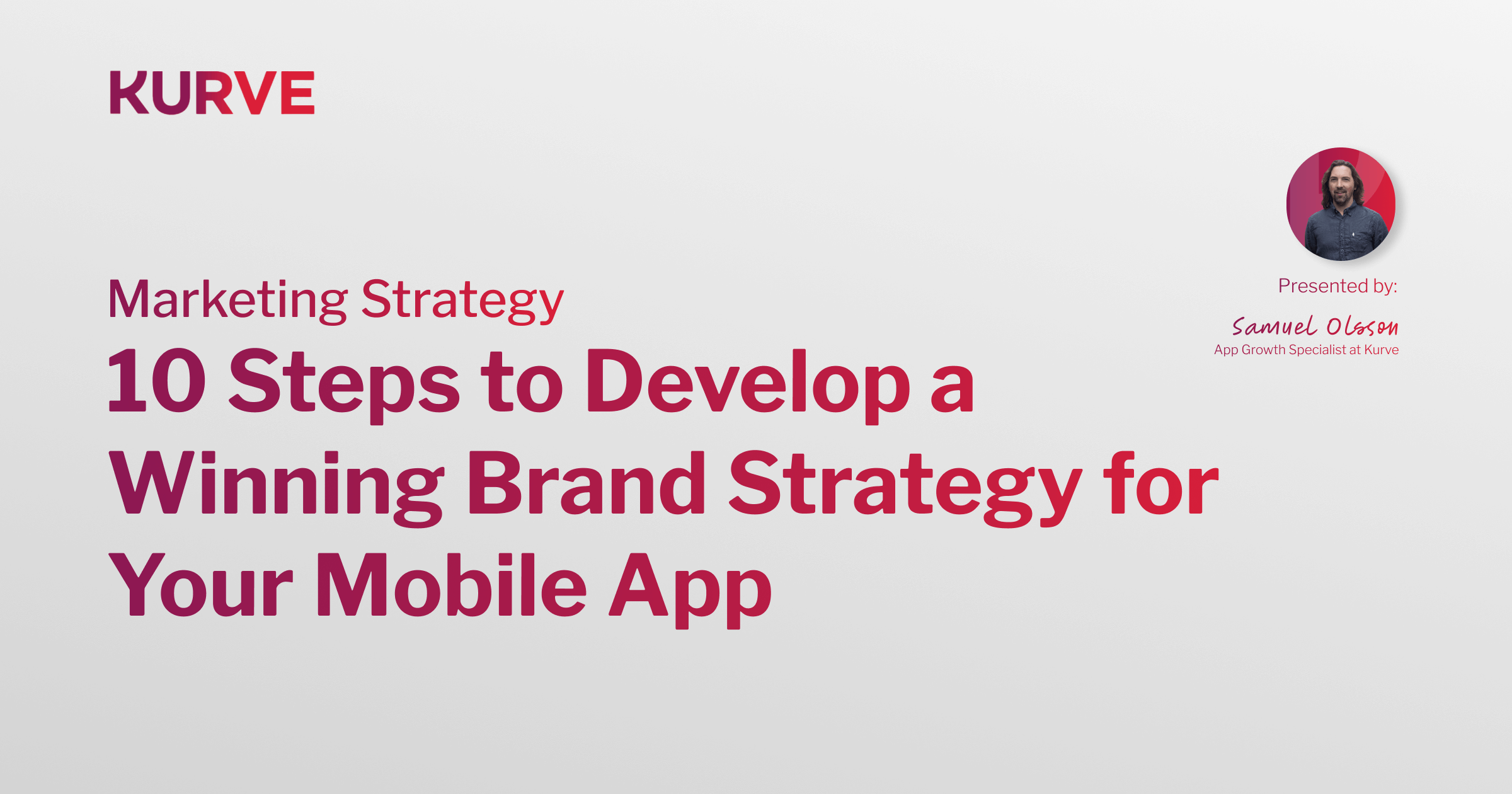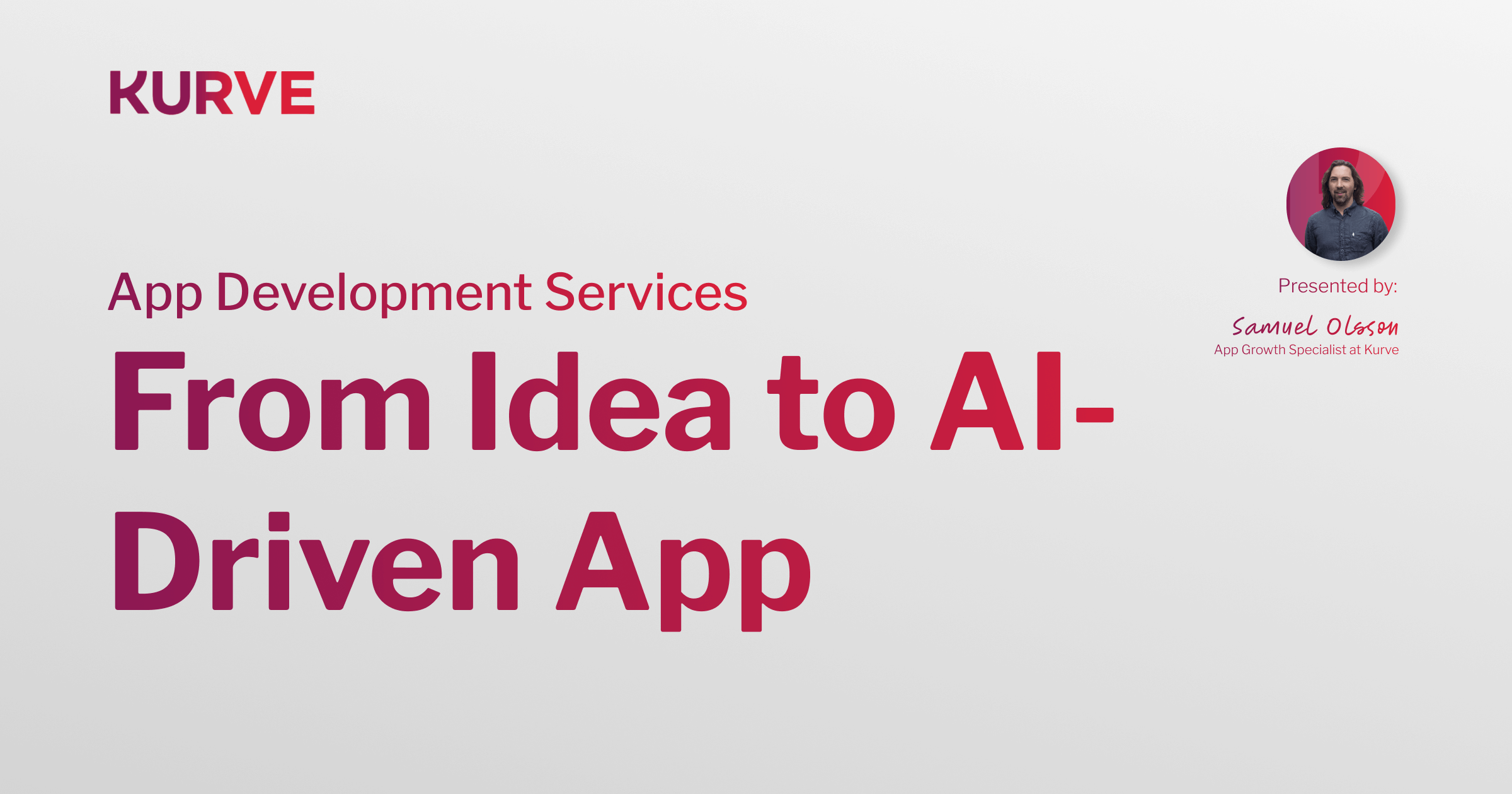6 of the Biggest Customer Journey Mistakes
Typical Mistakes When Building Customer Journeys
First and foremost, it’s important to note that the challenges with customer journeys typically boil down to one simple issue: ultimately you’re not getting (or keeping) enough customers. There could be many small mistakes made along the way which contribute to this outcome. Without knowing the intricate details of your business and its customer base, this is impossible to judge. However, I hope that this article will give you some pointers for where to focus efforts if you struggle with the customer journey process. Here are six of the most common customer journey mistakes.
1. Not visualising the journey
This has been comprehensively addressed in our article about visualising your customer journey with a customer journey map . Without having a clear vision for how the journey unfolds, it is impossible to tailor content, messaging, and sales targeting to the right areas. Your customer journey must be laid out in plain and simple terms, but don’t get bogged down in seeking a linear narrative . These journeys are complex, interdependent, and nuanced. The blog post linked to above features some interesting examples of how to visualise your customer journey from start-to-finish.
2. No clarity on data
You need to be constantly testing and tweaking the customer journey to smoothen out bumps, reduce friction, and maximise conversions. In order to make executive decisions, you need the evidence to support what you do. This means data. I regularly see startups and established businesses that have implemented a plan based on the wrong information. You need behavioural data, engagement and interaction data, and mindset data. A combination of all the above will give you the insights you need to take action.
3. Problems with the tech stack
There isn’t one common challenge in terms of managing a tech stack for the customer journey. Different businesses have different problems. With a myriad of tools on the market, it can get problematic very quickly. For example, this could be a complex issue of integrating a CRM with a marketing automation tool, and hooking this up to the front-end of the website. The tech stack must complement the journey, and work in tandem with planned touchpoints (your touchpoint map) along that customer journey. Technical assistance and developers are nearly always required, as Jonathan Price outlined in his article about marketing automation.
4. Forcing non-ideal journeys
We all know the benefits of a customer-centric approach. But this is too often forgotten when customer journeys are concerned. Whilst the business has a role in structuring the journey, it cannot control the needs, wants, and emotions of people who interact with the brand. This is why customers need to be included in the development of the journey map, and why constant testing is paramount. Ultimately, you want to craft the journey according to what the customer sees as the best experience, rather than hammering a square peg into a round hole.
The emphasis on customisation according to persona is echoed by Steve Offsey:
“Really, the fact is different customers often have different journeys. Many journey mappers do not understand the link between customer journey mapping and personas. With different personas, you’ll usually have different journeys. They’ll also have different emotional reactions, different “wow” moments, different places where the experience of the journey is good or bad. And even if two personas are taking the same journey, they may have a different perception of it.”
5. Obsessing about one end
As marketers, we want to fill the funnel. For startups especially, it’s critical to build awareness, generate traffic, pump effort into boosting interest at the top of the funnel. However, this can become an obsession that prevents more careful analysis of the journey as a whole. As I discuss in another article , marketing funnels and customer journeys aren’t the same thing - but you need to have both working in tandem. As a marketer, if you are only working to fill the top of the funnel with cold leads, you’re missing opportunities to nudge users along their journey towards a purchase. You can’t just build an amazing brand and spend cash on traffic acquisition without a set of actions planned for nurturing prospects.
Summary
The big issue is that your customer journey is not working as effectively as required. This big issue is comprised of many fragmented microscopic tactical mistakes. The key is to diagnose where and why the drop-off is happening - and to take swift action. We’re all looking for the holy grail: ultimate personalisation . Unfortunately, this is fraught with so many complications in terms of technical implementation and making sense of complex data. There is no room for error at a startup, especially when revenue is the lifeblood of growth.


